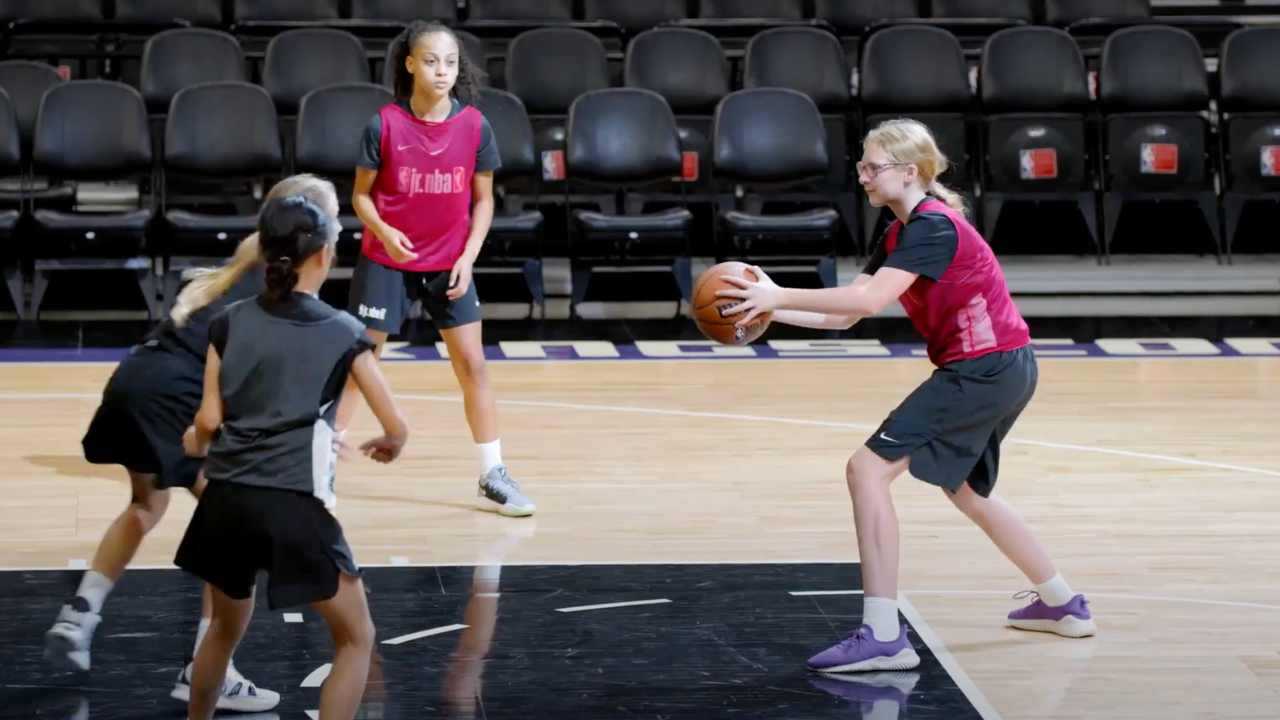5 Common Defensive Fouls
And how to avoid them
Team MOJO
| 3 min read

Pushing. Blocking. Reaching. Tripping. Holding. Sounds like child’s play, right?
But in youth basketball, this kind of illegal contact results in a foul. Fouls aren’t just bad manners, they often lead to free throws or turnovers, and can significantly impact the outcome of the game.
As a coach, the job is to help kids focus on proper defensive positioning, technique, and footwork, which helps to avoid fouls altogether.
Pushing
A pushing foul is exactly what it sounds like — when a player forcibly pushes an opponent from their position. Most commonly with the hands or arms, but it can be any body part.
To prevent pushing fouls, make sure to reinforce proper body position and arms when defending. That means: arms extended upward, palms open and a straight back, and using the chest and lower body for contact.
Blocking
A blocking foul happens when a defensive player uses their body to prevent another player from moving, and it goes hand-in-hand with charging fouls. (More on charging, here).
To avoid blocking fouls, help players understand the importance of establishing legal guarding position before their opponent starts their drive, and to take contact from the dribbler on the torso.
To establish a legal guarding position, a defender must have both feet on the ground and be facing their opponent. Once in position, defenders can move backward or sideways and jump straight up with their hands extended vertically.
With more advanced players, you can teach them to time their jumps and reach for the ball at the peak of the opponent’s shot. That helps avoid unnecessary contact — and could result in a blocked shot.
Reaching
A reaching foul happens when a defensive player makes illegal contact with their hands or arm, often when trying to steal or block the ball.
For reaching fouls, encourage players to use their feet and body to defend, instead of swiping at the ball with their hands. Timing matters, too. They need to be patient, and wait for the ball to be in an exposed position.
Tripping and Holding
Tripping fouls are aptly-named — when a defensive player uses a foot or leg to trip their opponent. Holding fouls happen when players use their hands, arms, or body to grab or restrict an opponent’s movement. Players will often resort to tripping and holding when they get beat by their opponent.
Help defensive players avoid both tripping and holding fouls by emphasizing good footwork and body control. Remind them to move their feet quickly and stay balanced, while also maintaining their defensive position. You can also coach the whole team to recognize when one of their teammates gets beat, and to help on defense when that happens. That’s a key aspect of team defense. In turn, a player who gets beat will help cover their teammates.




